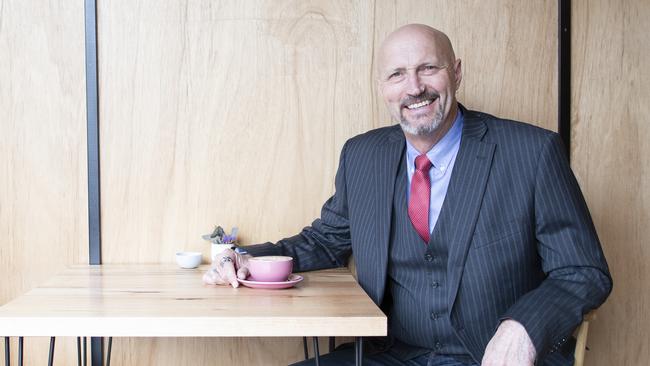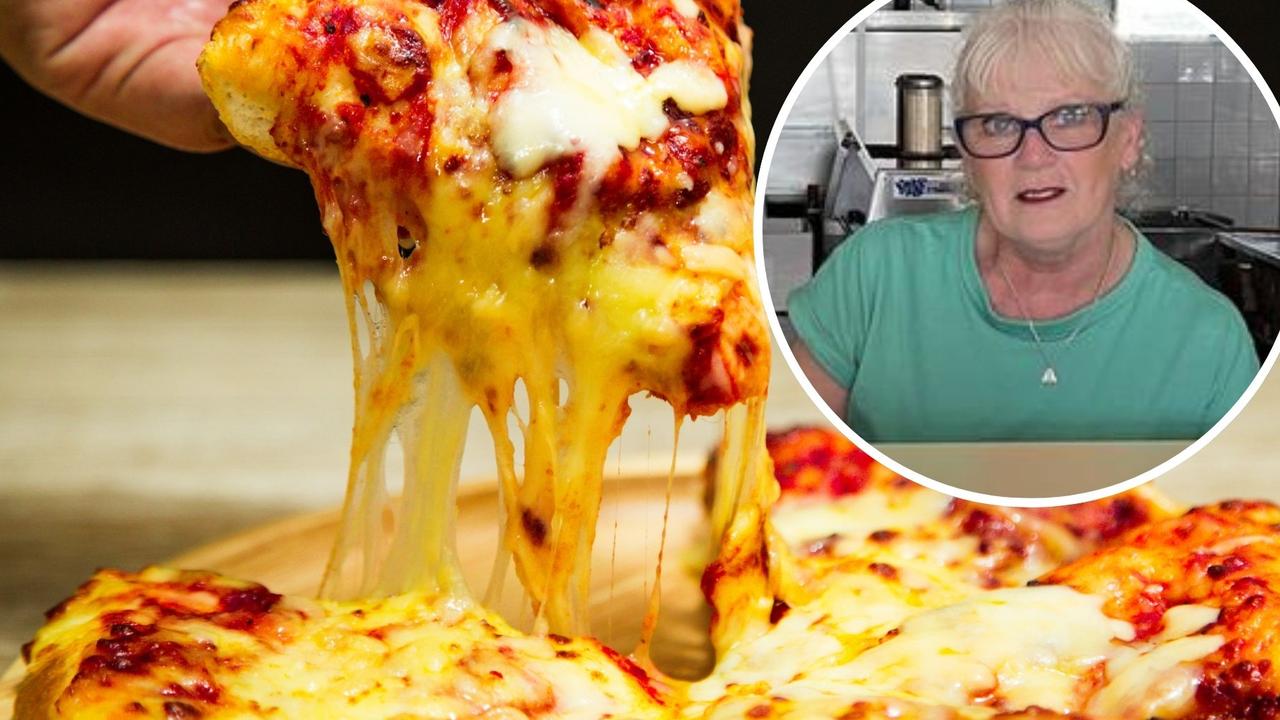Cafe Society: A lack of compact city living is holding Hobart back
Small cities are the new black and Hobart must go hard in order to benefit, says urban strategist Steven Burgess.

Tasmania
Don't miss out on the headlines from Tasmania. Followed categories will be added to My News.
HOBART may be Australia’s coolest city, but it is failing to attract a meaningful number of millennials and Gen Zs to live here. Transport adviser and urban strategist Steven Burgess thinks he knows why.
“We have the art, the music, the food and the grog,” he says when we meet at Battery Point’s Friends and Family cafe. “The only thing that will stop those people coming is having to buy a car and move to suburbia.”
Unless we provide more compact living closer to the city without delay, Steven says Hobart will miss out.
Happening young people feeling the pinch in Sydney and Melbourne are casting about for great lifestyle cities, he says. Hobart is a contender, but it faces stiff regional competition.
He identifies Auckland as the forerunner, with Christchurch and Wellington also laying on a more amenable urban groove than Hobart. Geelong, Newcastle and Adelaide could also lure the coveted 20-30 year olds whose street-friendly lifestyle helps local businesses and urban villages grow.
“Keeping and attracting your young adults is crucial,” says Steven. “They have to be able to live without a car and be able to walk everywhere or catch public transport. They don’t want to waste money on a car; they need to save for their next overseas trip. It’s a whole new demographic and we need to adjust to it quickly.”
Let’s make Hobart the place they want to live, he says, urging immediate action to provide character apartments in and close to the city.
“How about a moratorium giving shop-top landlords a year to comply with new regulations when converting their first-floor zones into flats,” he suggests.

Among the competing cities, Steven predicts the winner will be the one that gets rid of the most cars. On that front, some signs are positive for Hobart.
“I think the State Government is trying to do the right thing, using City Deal money for urban renewal and public transport rather than just throwing it at big roads, which other cities have done,” he says.
Auckland is on the money now, but its past mistakes are cautionary for Hobart.
“When Auckland was Hobart’s size it became the Los Angeles of the Pacific, all freeways and motorways. It wrecked itself for 50 years and they have had to spend a lot to get it back,” says Stephen.
“Because we haven’t made a mistake yet, we have a great opportunity to keep a compact, walkable, sustainable and active city that can manage growth without increasing traffic.”
Providing more medium-density housing on good-quality transit corridors, as well as more compact in-fill in the CBD and West, North and South Hobart, is essential.
“We’ve got to get onto this concept of shaking sand between the rocks,” he says. “Not ‘oh the city is full, we have to put more stuff at Brighton, Huonville and Sorell’.
“We can cater for all that growth without people noticing. Thirty thousand people could move into the northern corridor [between Glenorchy and the Hobart CBD] without us even changing the rules.
“They could take up the shop-top flats, build to the height limit and those big old-fashioned car yards could cash in by moving out of the CBD.”
Steven sees light rail or trackless tram for Main Rd in the medium-term, following quick congestion busters including jump lanes for buses on the Brooker Highway and peak-hour bus lanes on Main Rd and Elizabeth St.
Attracting investment and population into that corridor first will help to make light rail viable, he says.
As for a northern suburbs link on the old heavy rail corridor, beware of letting the tail wag the dog, he says. Don’t rule it out, but do focus on areas with existing density first.
After decades living interstate, Burgess returned to live in his home state six months ago. He consults to both the City of Hobart and State Growth on the implementation of parts of the City Deal, including the revitalisation of the northern and southern corridors. And he was also on the RACT expert panel that delivered the Greater Hobart Mobility Vision.
Though much of his work focus is transport and traffic movements, his most passionate advocacy is for urban design that responds to the multiple benefits of walking: to individuals, the community and the economy.

Picture: Tourism Tasmania & Hobart City Council
He shudders at soulless car-reliant outer suburbs where shadeless footpaths lead to nowhere of interest; and adores vibrant old cities enervated with foot traffic, naming Ljubljana in Slovenia, Portugal’s Porto and Trieste in northern Italy as three favourites.

Taking inspiration from such places, his mission is to get Australians out of their cars and onto the pavement more often. With this one simple change and all that will flow from it, he believes Hobart could truly flourish as the best version of itself.
Though I’m often on foot in this area, I must have missed walking past this cafe on a stretch of Sandy Bay Rd just off Gladstone St. Surely I’d log such a cutie, with its simple, warm style and sweet pressed flower artworks. The owner’s background as both a graphic designer and Melbourne barista are both enjoyably evident. As I often do, I copied my guest’s drink order - and it was the best cappuccino I’ve had for ages.
Sweet treat: Pigeon Whole Bakers white chocolate biscuit, $3 each
Address: 40 Sandy Bay Rd, Battery Point
Open: Weekdays 7.30am-3pm
MORE CAFE SOCIETY:
LANDON BANNISTER: DIM THE LIGHTS, RECLAIM THE NIGHT
BRAYE SUTHERLAND: DRIVING A VISION FOR A GREEN STATE
SARAH ANDREWS: WORKING THE TOOLS TO SHARE OUR STATE


